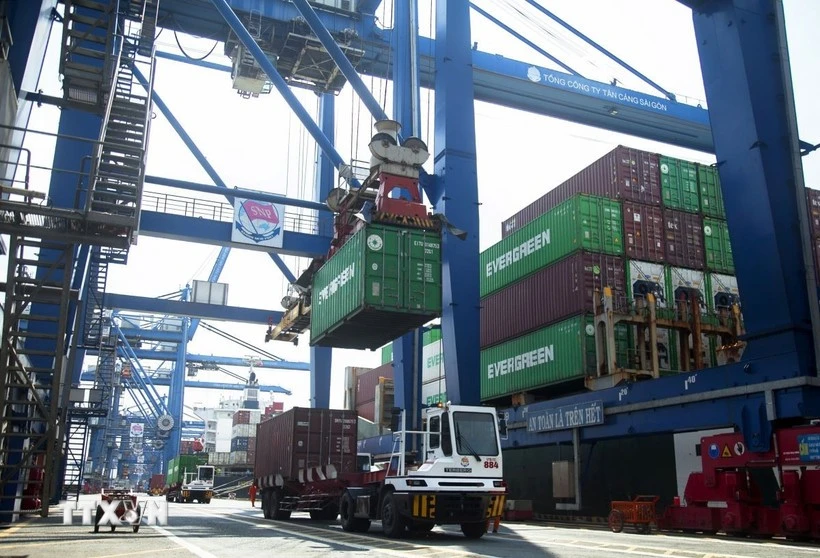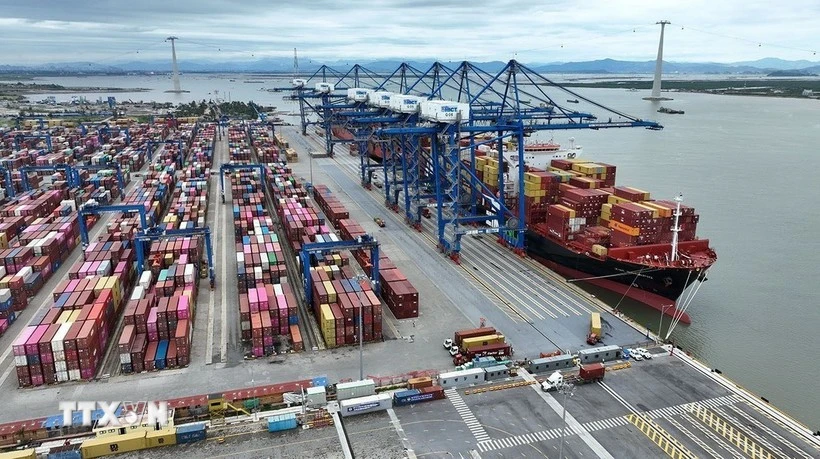This has required the efforts of wood industry enterprises and the companionship and removal of difficulties from state agencies.
Since the beginning of 2023, the world situation continued to have complicated developments, with more and more challenges than forecast. Impeded import and export activities on the world market have directly impacted Vietnam's export activities. However, at this time, exports from the wood industry have recorded positive signs.
Notably, in recent months, the export activities of the wood industry have tended to recover positively. Many wood industry businesses in Binh Dinh Province have signed new orders with their partners to serve the year-end shopping season. These are good signs because many wood and exported wood products have increased, causing the industry's growth in the following months to surpass the previous month.
In addition, the free trade agreements that Vietnam has participated in have brought many advantages to domestic wood businesses. For example, the Comprehensive and Progressive Agreement for Trans-Pacific Partnership (CPTPP) is a “dual” opportunity for the Vietnamese wood industry, increasing the import of raw wood from wood sources with preferential tariffs. At the end of the year, the demand for wood and wood products, especially the furniture group, is tending to increase, which will be an opportunity for wood export businesses to receive orders in the coming months.
Although there have been positive signs, the wood industry still faces increasing challenges. To remove difficulties for the wood and fisheries industries, the Prime Minister has asked the banking industry to implement a more flexible and looser monetary policy by increasing money supply, ensuring credit demand, increasing credit growth, and reducing interest rates, especially loan interest rates.
Regarding preferential credit packages, the Prime Minister has proposed that the banking industry promote a credit package of 10 trillion VND for wood and forest product businesses. However, the disbursement of this credit package has so far encountered many shortcomings.
Currently, foreign trade barriers are increasingly strict, and certifications on sustainable forest management or carbon emission reduction certificates will later require wood products exported to foreign markets to comply, for example, Japan has required sustainability certification.
The German market is currently applying the obligation to appraise businesses in the supply chain, indirectly impacting Vietnamese manufacturers. The Vietnamese wood businesses have been required to provide certificates related to product origin, labour usage status, wages and waste treatment.
According to Do Xuan Lap of the Vietnam Timber and Forest Products Association, wood industry enterprises need to organise negotiations to unify regulations on the traceability of legal wood origins of import markets to overcome market difficulties. This is an urgent requirement in the coming time to promote sustainable development of planted forest wood.
To do this, the Ministry of Agriculture and Rural Development needs to guide businesses to diversify plantation wood certificates according to standards recognised by law, including international and Vietnamese certificates. Therefore, Vietnamese wood enterprises must organise production and business towards the direction of a green economy, including a commitment to net zero in the wood industry.
Seeking to overcome difficulties for the economy and the wood industry, the People's Committee of Binh Dinh Province has focused on calling for and supporting businesses to invest in new large-scale and high-capacity projects to put into operation.
Meanwhile, the province has also encouraged enterprises processing exported wooden furniture, wood chips and wood pellets to cooperate with forest growers, to invest in and develop large wood forests by planting new ones or converting small wood forests into large ones and proactively using raw materials for production. According to the plan, by 2025, Binh Dinh will plant and convert about 10,000 hectares of large timber forests.
















